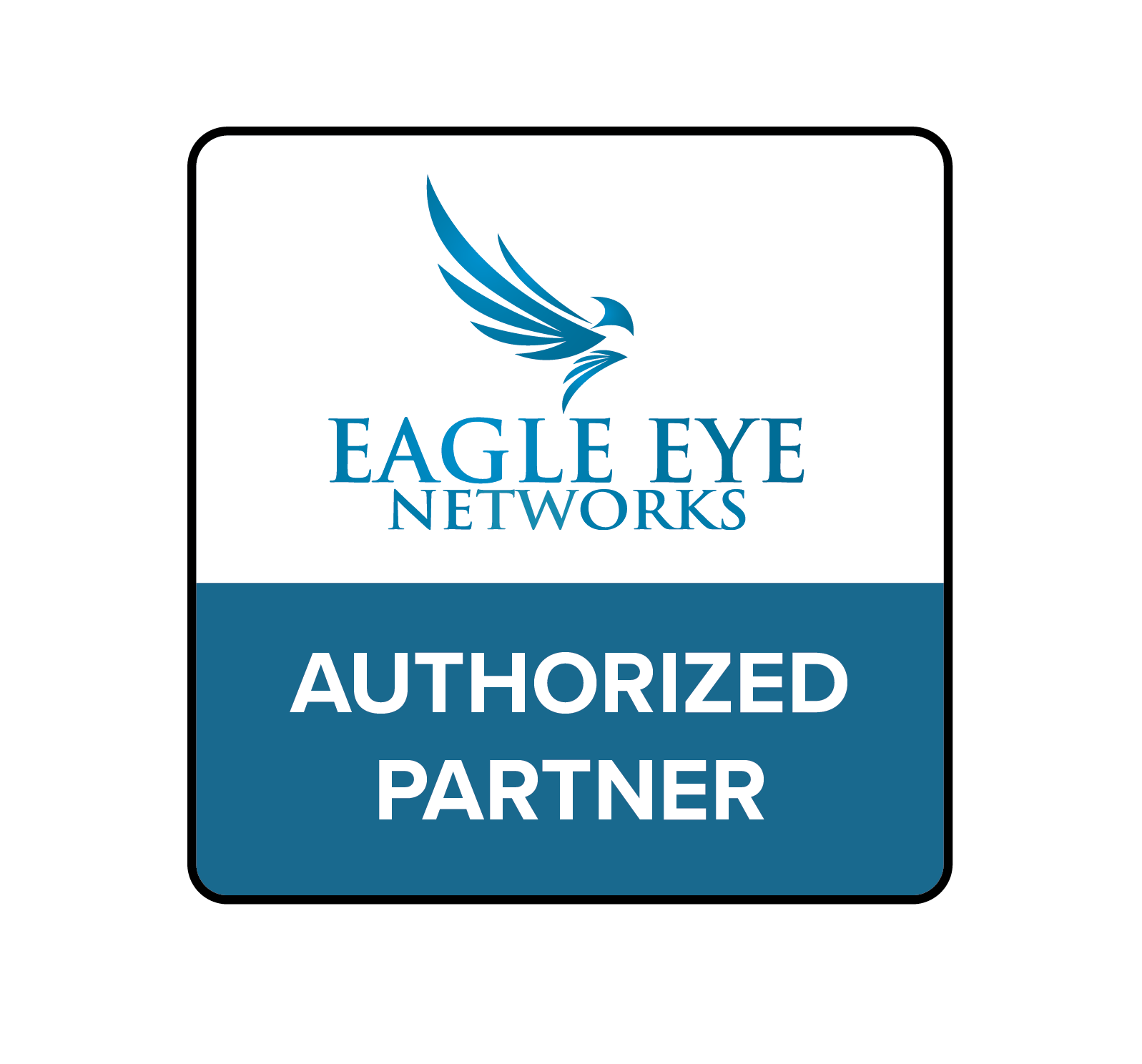The question of whether or not video surveillance should be used in care homes is based upon the safety concerns of residents, family, and staff. Care homes, such as nursing homes, assisted living facilities and residential care homes, have a great responsibility to residents and their families. Both clients and family members trust that the staff within a care home will treat their residents with dignity and keep them safe. However, trust is often broken by staff who neglect or abuse a care home resident.
These breaches of trust have brought up the subject of placing video surveillance cameras in care homes, to monitor staff and ensure resident safety and well being. It is good to understand arguments that are for and against video surveillance in these facilities, as well as the reality of running care homes. Understanding these factors can help you understand why using video surveillance can help protect both staff and clients.
Arguments for and against using video surveillance in care homes
Those that support the installation of cameras in care facilities believe it would help end resident neglect and abuse. Video surveillance would also improve the quality of care available and keep vulnerable patients safe. This type of security would keep staff members from abusing or neglecting residents because they know their actions are being monitored. Theft of personal items, along with other petty crimes that occur in some care homes, would also be reduced. Some patients suffer with nursing home abuse while in the hands of people they thought they could trust. Abuse in care homes such as assisted living facilities happens all over the world. Luckily, you can get a lawyer involved who can help you with assisted living abuse (or as the Spanish would say “abuso de vida asistida“). It doesn’t matter where in the world you are, there is always someone who can help you.
Those that argue against video surveillance in care homes believe it is an invasion of privacy for both the residents and the staff. Even those that might consider this type of security want to know who would have access to the video footage. Other concerns include if the system would be monitored through an internet connection and if the video could be turned off during private moments.
The reality of running care homes and using video surveillance
Care homes serve vulnerable populations, but sometimes staff members may get frustrated and act out against a resident. Neglect becomes a possibility due to high stress levels. Without video surveillance to monitor staff and residents, small problems can turn into large problems.
Video surveillance offers a way to keep monitor care homes, without the need to hire additional staff. This type of security lets facility managers see how staff members treat residents or if a resident is not being cared for within prescribed guidelines. If issues do occur in a care home, video surveillance can stand as evidence in a court of law.
Although there are concerns about using video surveillance in care homes, more and more are choosing to use them as part of their security systems.
Using video surveillance in care homes can protect staff and residents
There are certain measures that a care facility should take to balance privacy concerns and safety when installing and using a video surveillance system.
Personal privacy for residents must be a priority for care homes. Video cameras in common areas should be clearly marked with visible signs, which alert both staff and residents to the presence of cameras. Cameras should not be used in private areas like restrooms, changing rooms, or shower areas.
If the care facility decides to add video cameras to resident rooms, there are a few things that need to addressed before installation. First, staff and residents should be able to turn off, and even lock, cameras in individual rooms. This feature allows monitoring to be turned on and off based on the resident’s wishes, or those of his or her family members. Second, cameras in resident rooms should never be turned on without clear consent from either the resident, if capable, or the resident’s family members. Third, surveillance footage of resident rooms should be strictly private and only accessible to appropriate staff when needed.
If a care home fails to embrace video surveillance as part of its operations, family members often will. Cameras in a resident’s room can capture evidence of abuse and neglect. It is better for staff, residents, and family members that video surveillance is used in care homes to protect everyone.
Would you like more information about video surveillance and security systems for care homes? 1st Alarm can help your facility with any security needs you might have. Give us a call today at 1(800) 276-5559 to learn more about our commercial and residential products and services. You can also email us with your questions or to get a quote. We provide services throughout West Texas and the Texas Panhandle, with locations in Midland, Odessa, Amarillo, Lubbock, Abilene, El Paso, and San Angelo.
 ALARM.COM LOGIN
ALARM.COM LOGIN

Comments are closed.